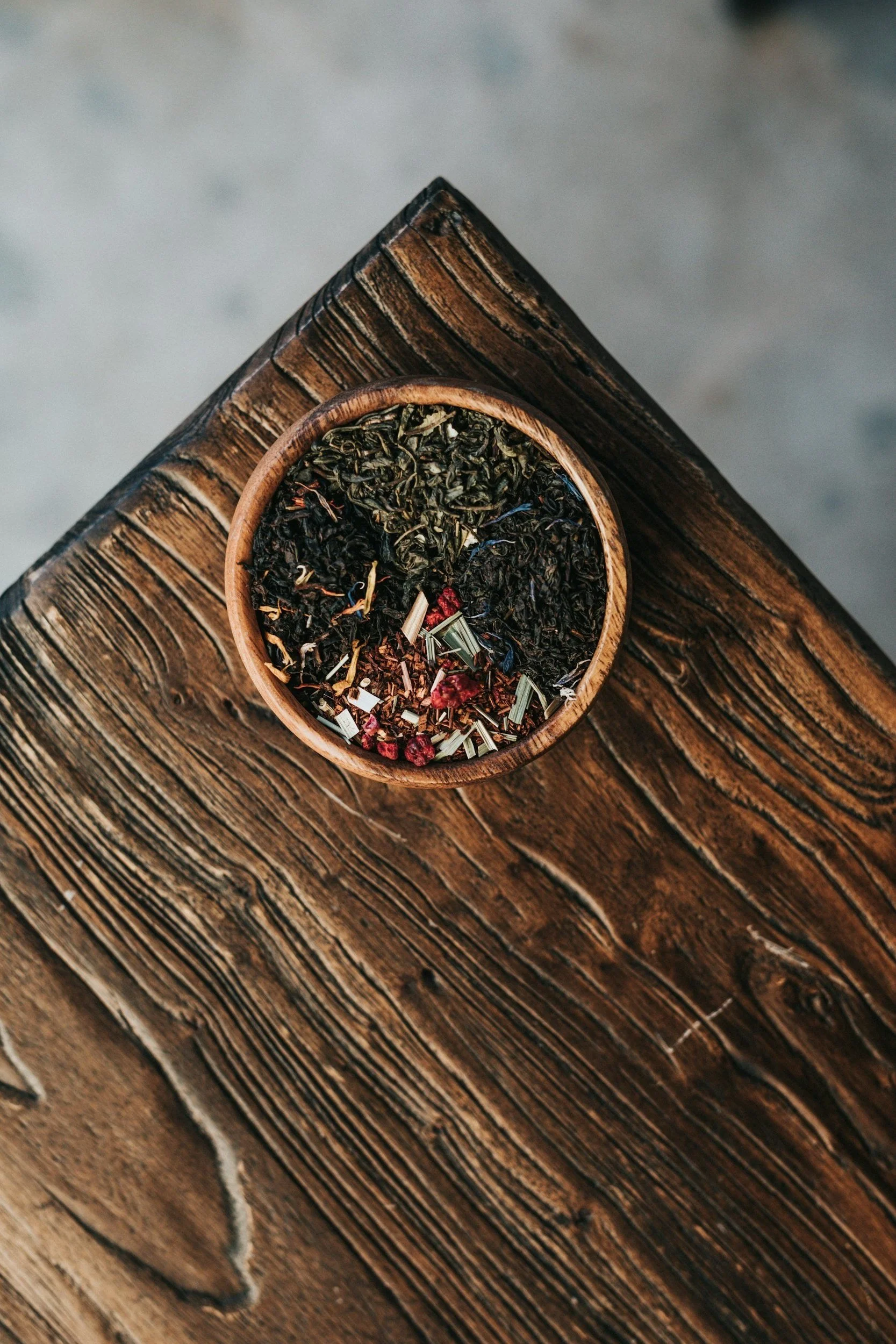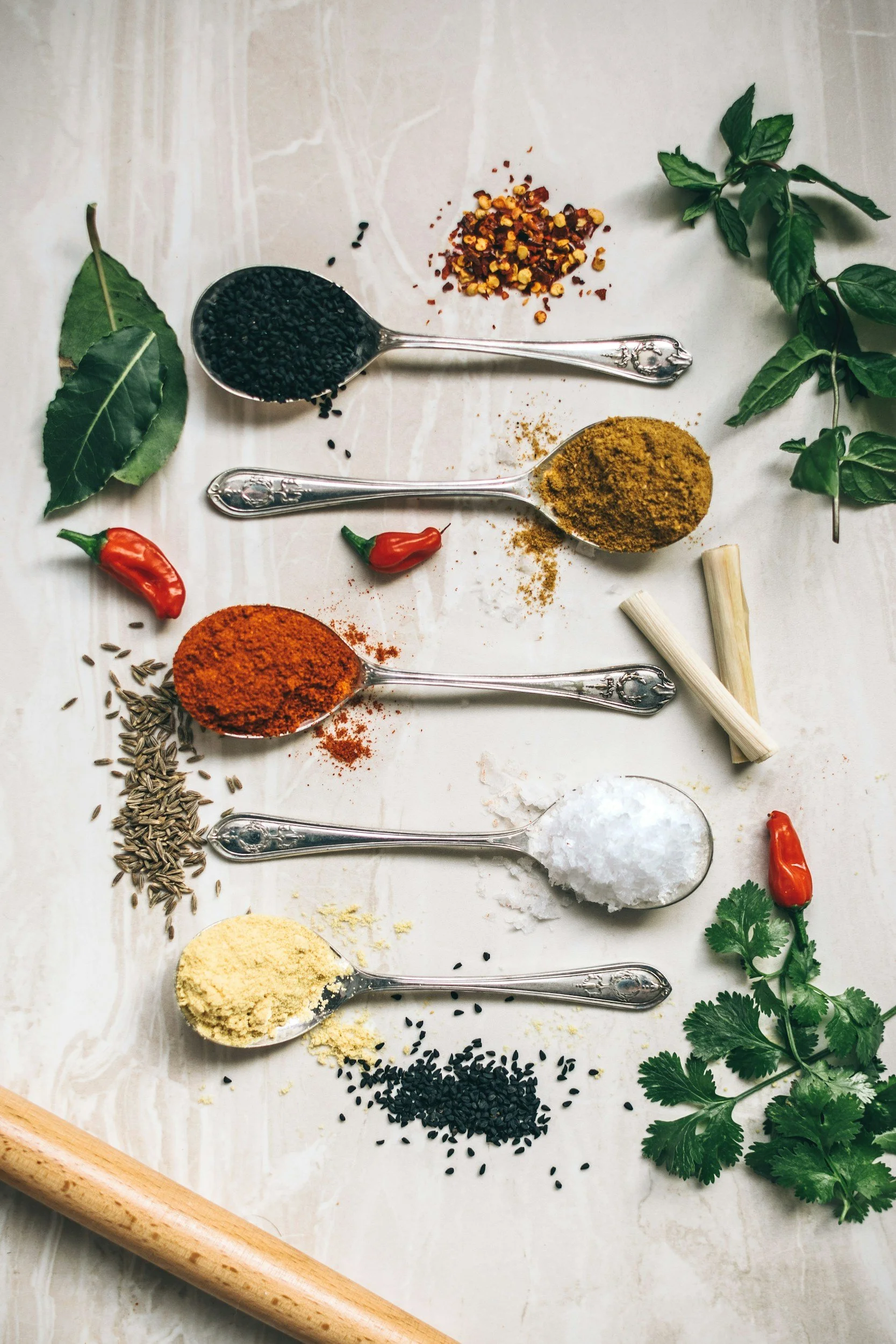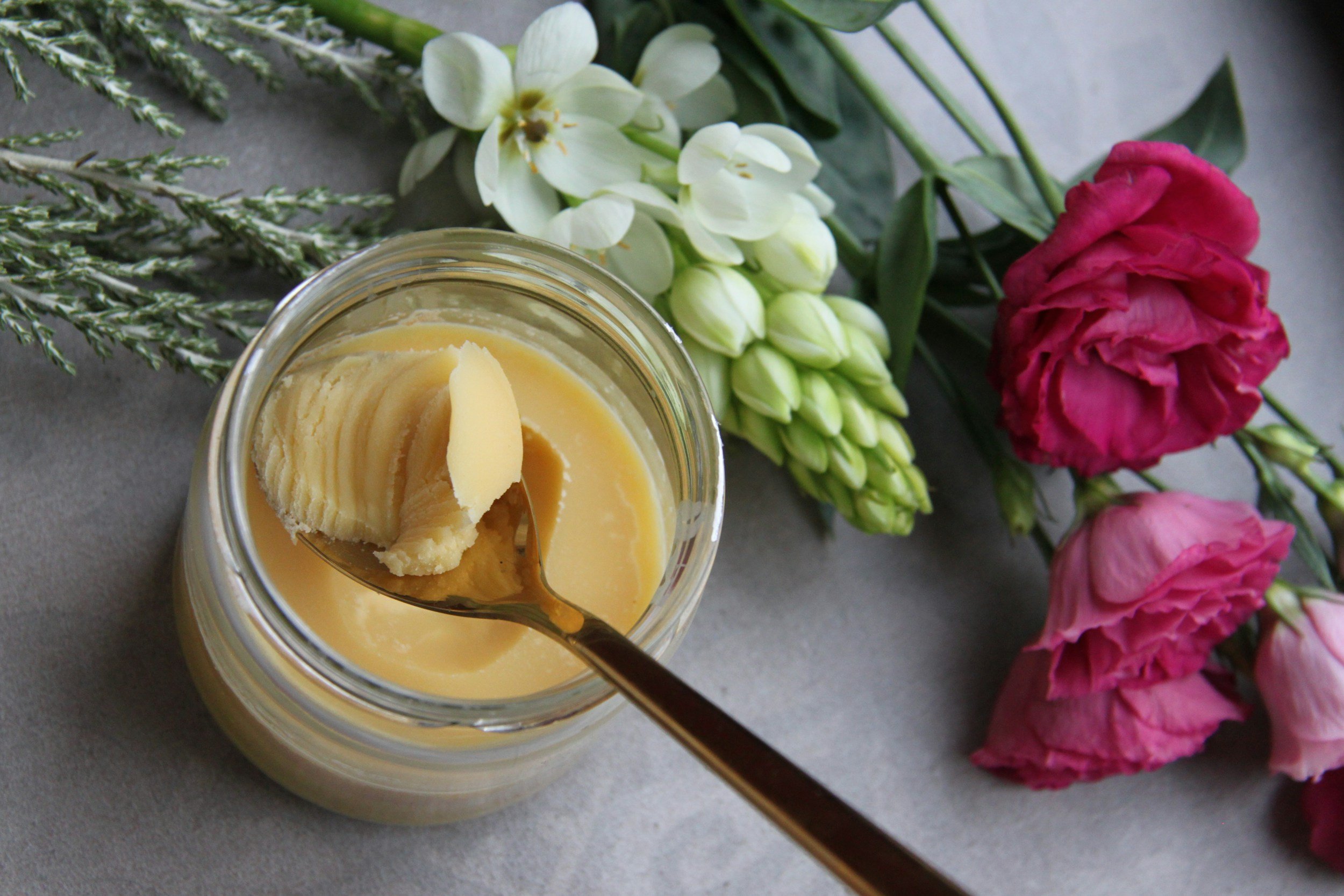
Central to Ayurveda is the concept of the three doshas: Vata, Pitta, and Kapha. These are the primary forces or constitutions that govern the body’s physical and psychological processes. Each dosha is a combination of the five great elements (pancha mahabhutas)—earth, water, fire, air, and ether—and reflects the unique interplay of these elements within us.
Ayurveda : The Science of Life
Ayurveda, a Sanskrit word meaning “the knowledge of life,” is one of the world’s oldest systems of holistic medicine, developed in India over 5,000 years ago. It views health as a dynamic state of balance—not simply the absence of disease, but the harmonious interplay of body, mind, and spirit within the cycles of the natural world.
In Ayurveda, every aspect of life is interwoven—from the foods we eat to the emotions we feel, to the seasons and environments we inhabit. This holistic worldview stands in contrast to the fragmented approaches of modern medicine, offering instead a comprehensive map for restoring health and vitality at the deepest levels.
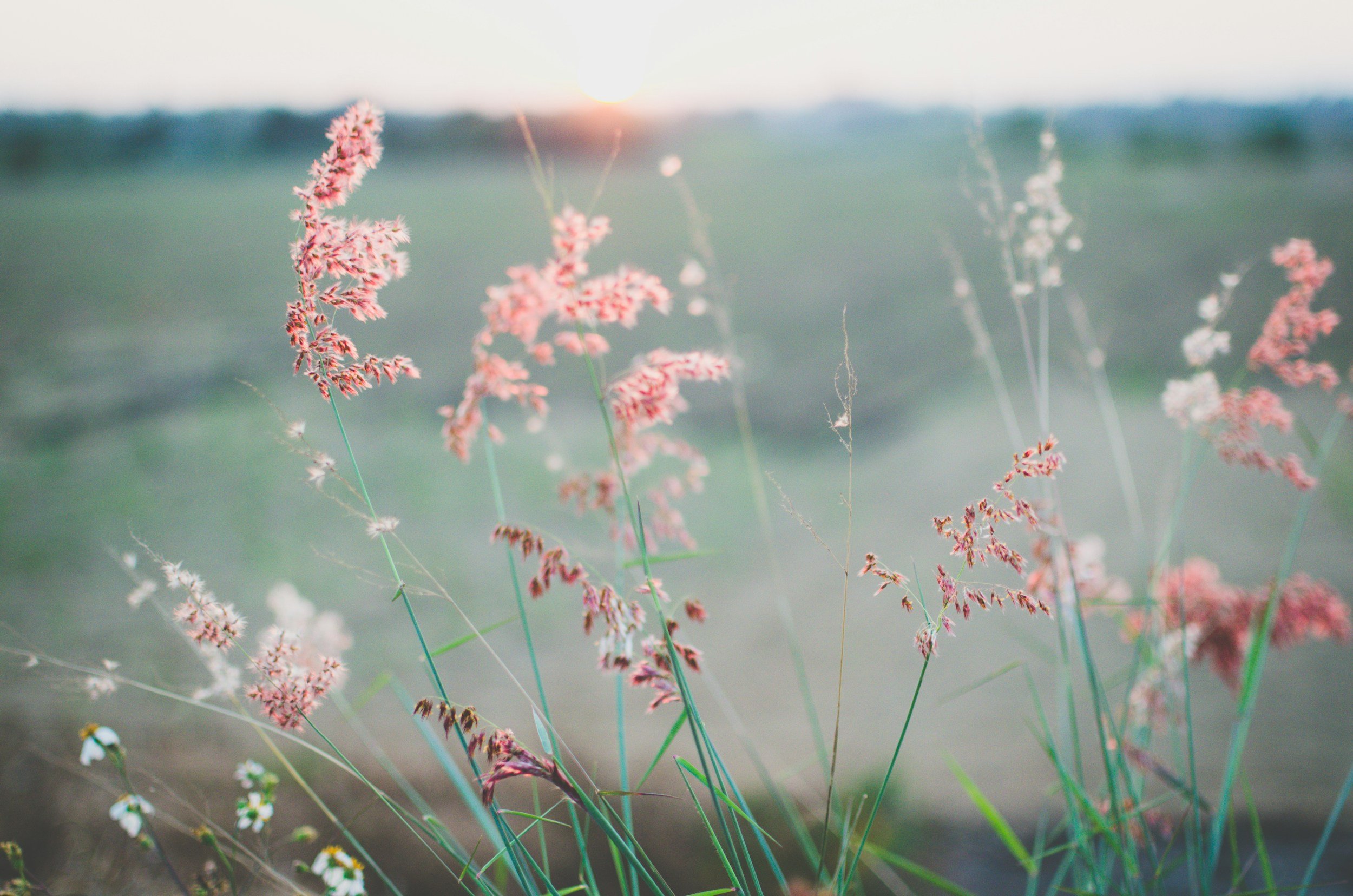
-
Ayurveda originates from the Indigenous Vedic and pre-Vedic cultures of South Asia, rooted in deep observation of the natural world, oral transmission of sacred knowledge, and spiritual practice aligned with nature’s rhythms. Though widely codified in Sanskrit, much of Ayurveda’s wisdom comes from even older Dravidian, tribal, and agrarian communities—including Adivasi peoples—whose healing knowledge was interwoven with ancestral memory, seasonal attunement, and local flora.
To speak of Ayurveda’s origins is to speak of:
Rural and forest-dwelling medicine carriers
Vaidyas (traditional healers) passing knowledge orally through generations
Deeply spiritual relationships with plants, elements, and planetary cycles
-
Between 1500 BCE and 500 CE, Ayurvedic knowledge was formalized in written form within the Vedic and post-Vedic traditions. Seminal texts include:
The Charaka Samhita (focused on internal medicine)
The Sushruta Samhita (surgical techniques and anatomy)
The Ashtanga Hridaya (a more accessible synthesis of previous works)
These texts were preserved by Brahmin scholars, but they built upon generations of oral, regional, and vernacular healing practices.
-
Ayurveda is rooted in Sāṃkhya and Nyāya philosophies, which explain the interplay of:
The five great elements (pancha mahabhutas)
The three doshas (Vata, Pitta, Kapha)
The mind (manas), senses (indriyas), soul (atman), and life force (prana)
It is inseparable from spiritual traditions like Yoga, Tantra, and Vedanta, and from daily life practices (called dinacharya) that emphasize balance, purity, and harmony with nature.
-
During British colonization (18th–20th centuries), Ayurveda and other Indigenous sciences were suppressed in favor of European biomedical models. Ayurvedic institutions were defunded, and Indigenous healers were delegitimized or outlawed. However, Ayurveda survived through community practice, intergenerational transmission, and underground networks of healing.
Post-independence, India experienced an Ayurvedic revival, with formal education systems, hospitals, and research institutions supporting the resurgence of this traditional science. However, much of its soulful, earth-based, and spirit-centered roots remain marginalized by modern institutions and global wellness commodification.
-
As Ayurveda spreads globally, it is vital to remember:
Ayurveda is a sacred and Indigenous science, not a trendy supplement or diet
True practice requires humility, lineage acknowledgment, and ethical study
Seek education from teachers who honor the source, especially South Asian, Dalit, and Adivasi voices
Avoid extraction—give credit, cite sources, support traditional practitioners, and engage with reciprocity, not appropriation
-
This course honors the lineages, land, and labor that have carried Ayurveda through colonization, modernization, and diaspora. We give thanks to:
The Adivasi, tribal, and rural communities whose herbal knowledge and seasonal wisdom still pulse through this practice
The Sanskrit scholars, forest sages, and household healers who committed their lives to preserving this science
The South Asian practitioners today—both in India and across the diaspora—who steward this knowledge with integrity and innovation
-

Vata (air + ether)
Governs movement, communication, and creativity. Balanced Vata brings adaptability and inspiration; imbalanced, it can lead to anxiety, insomnia, and digestive issues.
-

Pitta (fire + water)
Governs metabolism, transformation, and focus. Balanced Pitta fuels ambition and clarity; imbalanced, it can manifest as anger, inflammation, and burnout.
-

Kapha (earth + water)
Governs stability, nourishment, and structure. Balanced Kapha brings groundedness and compassion; imbalanced, it can lead to lethargy, congestion, and resistance to change.

Guiding Principles
Individualized Care – No two healing journeys are the same. Ayurveda tailors its recommendations to each person’s constitution, life stage, and environment.
Balance Through Opposites – Ayurveda employs the principle of “like increases like, opposites bring balance.” For example, if excess heat (Pitta) creates inflammation, cooling herbs and practices are used to restore equilibrium.
Holistic Nourishment – Healing is not just physical. Ayurveda integrates mental, emotional, and spiritual care, recognizing their inseparability.
Cyclical Wisdom – Health is seasonal and rhythmic. Ayurveda emphasizes alignment with the cycles of nature: circadian rhythms (dinacharya) and seasonal living (ritucharya) to build resilience.
Prevention Over Cure – Ayurveda prioritizes daily practices and lifestyle adjustments to prevent disease and cultivate long-term vitality.
Trauma + Chronic Illness
Ayurveda’s gentle, adaptive approach makes it particularly suited for those healing from trauma and chronic illness. Trauma often disrupts the nervous system and creates imbalances in the doshas—particularly Vata, with its restless, mobile qualities. Ayurveda offers grounding practices: warm, cooked foods; self-oil massage (abhyanga); and steady routines that soothe the body and mind.
For chronic illness, Ayurveda sees symptoms not as isolated issues, but as signals of deeper imbalance. By addressing the root causes—whether digestive distress, emotional stagnation, or energetic depletion—Ayurveda helps restore a sense of agency and hope in the healing process.
Key Takeaway : Ayurveda is a living science that views each person as a unique constellation of the elements. By respecting this individuality and working to restore balance across body, mind, and spirit, Ayurveda offers a profoundly compassionate path for those navigating the complexities of trauma and chronic illness.
A Personal Case Study: My Recovery Journey
My own path to Ayurveda began in the shadow of addiction and deep disconnection. In the years I spent numbing myself—through substances and patterns that kept me separate from my body—I lost touch with the rhythms that once sustained me. My digestion was erratic, my sleep broken, my mind restless. My body, already shaped by Ehlers-Danlos syndrome and chronic Lyme disease, became even more fragile—my tendons and joints weakened, my nervous system fried from years of depletion. I was in a profound state of imbalance—unanchored and scattered—and suffering from ama accumulation that manifested in chronic ailments.
For a time in 2022 while my body was still detoxing from substance use and emotional holding, I could not keep food down for nearly six weeks—my body rejecting even the smallest act of nourishment. I was malnourished and anorexic in 2019 that informed my body’s desire to keep food out. I was caught in cycles of IBS, anxiety, purging, sinus infections, and restless legs that burned and itched through the night. My cravings for sugar were endless—a desperate attempt to fill what felt so empty inside.
When I discovered Ayurveda, it wasn’t just a set of dietary guidelines or herbal remedies. It was a way to come back into my body—to remember that my vessel was not an enemy to be punished, but a sacred home to be tended. I have been a student of Ayurveda since 2017 yet it only made its way into actionable territory in 2019 as I healed from drug addiction and realized my body needed support.
I began with simple practices: warm, grounding meals; oil massages to soothe my frazzled nerves; breathwork and gentle movement to rebuild a relationship with my own physical presence. My body felt foreign to me at first—like I was speaking a language I had forgotten. My hunger cues were muted, my intuition buried beneath years of survival mode. But over time, these practices became a kind of ritual reweaving—a daily return to what I had once abandoned. Ayurveda taught me that healing was not about perfection or quick fixes. It was about restoring balance—again and again—through small, consistent acts of care.
Today, these principles continue to guide me—not as a static prescription, but as a dynamic dialogue with my body, my environment, and the ever-changing needs of this human life. Routine is everything—because slow is smooth, and smooth is fast.
Key Takeaway : Ayurveda helped me move from disconnection to reconnection—offering a practical, deeply compassionate path to return to my own body and begin the slow work of healing.
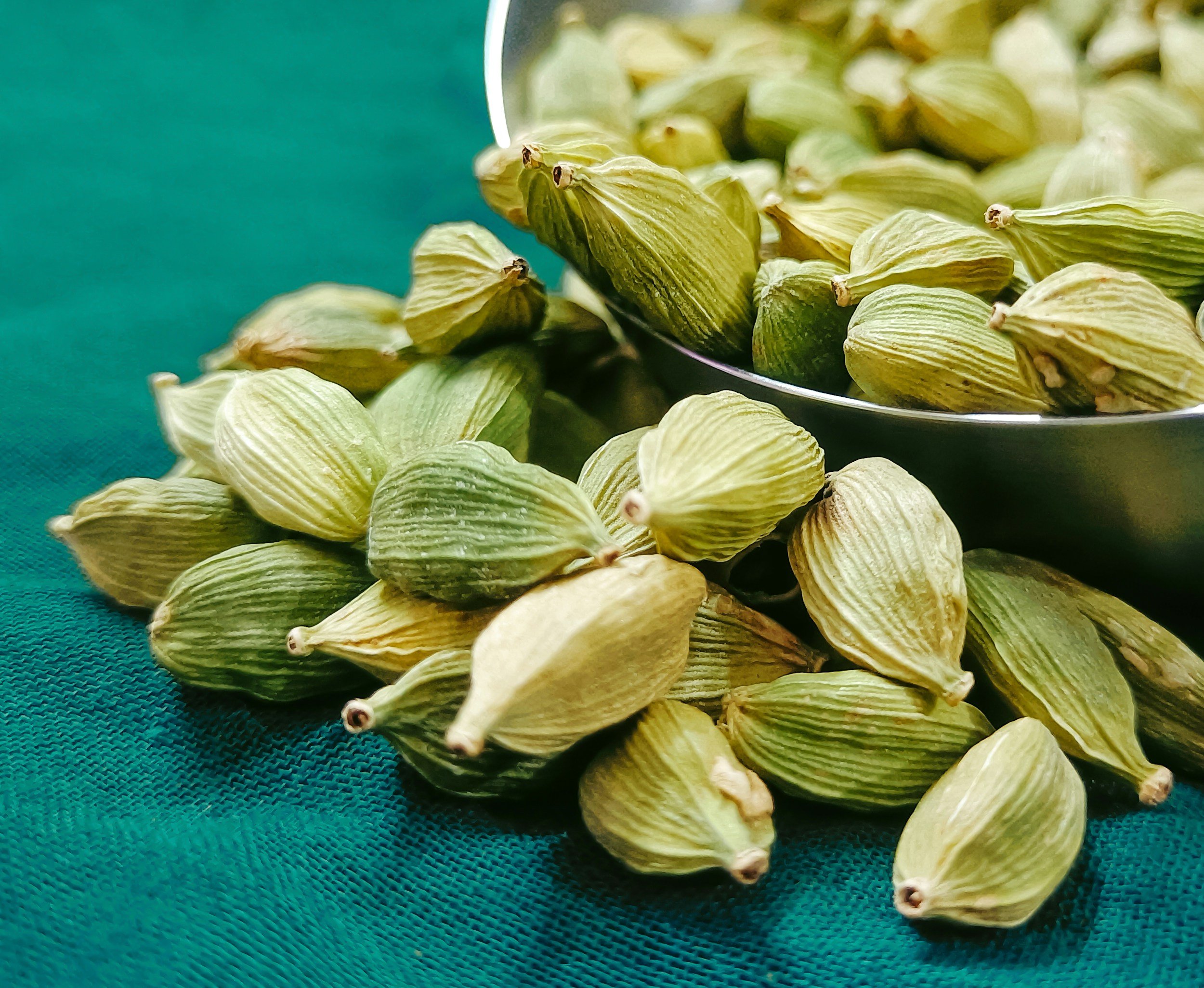
Resources :
🌷 Vidya Living — Claire : consultations, courses, and her book is an incredible resource on Ayurveda
🌷 HalePule — Myraji : consultations, courses, counselor trainings, and an open Sangha community
🌷 Kate O’Donnell : online courses and a series of Ayurvedic recipe and self care books
🌷 Banyan Botanicals : trusted ayurvedic “store” for over the last thirty years
🌷 Fushi Wellbeing : Rannesh Jansari and Ria Pattni ayurvedic remedy “store”
